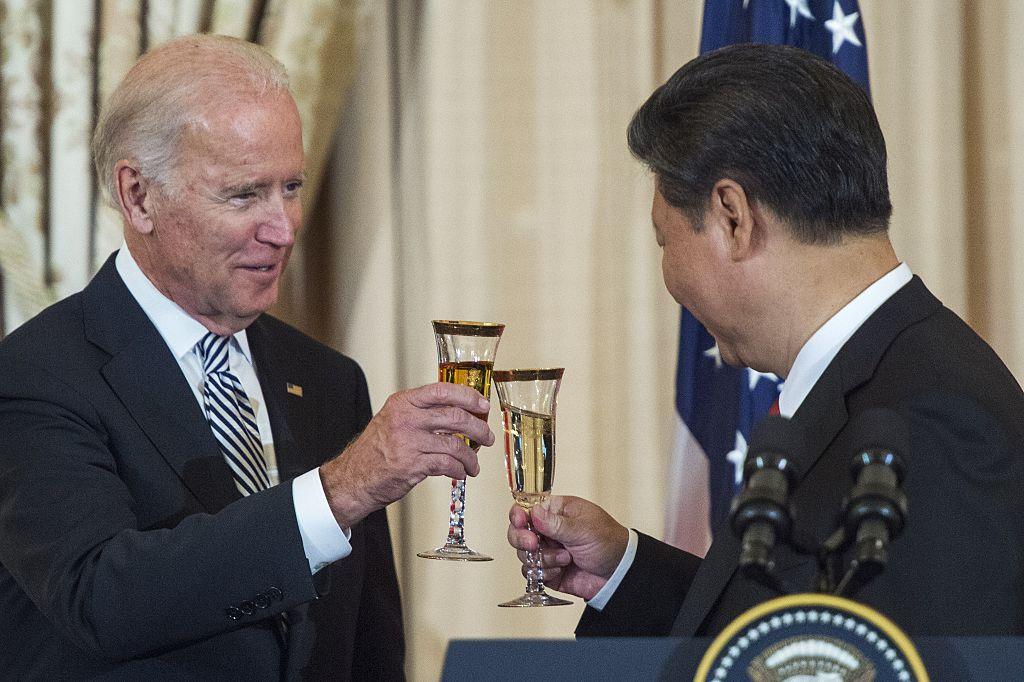Commentary
America’s China policy objectives have been flawed for decades, resulting in the ascendancy of a hyper-aggressive Chinese regime.

America’s China policy objectives have been flawed for decades, resulting in the ascendancy of a hyper-aggressive Chinese regime.